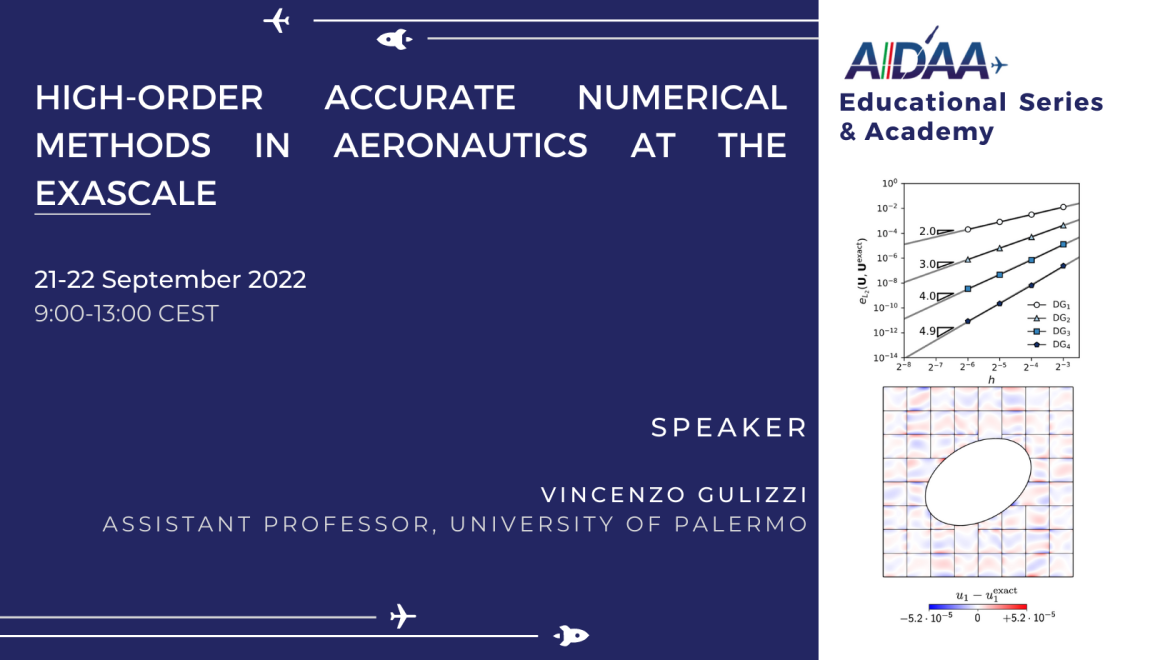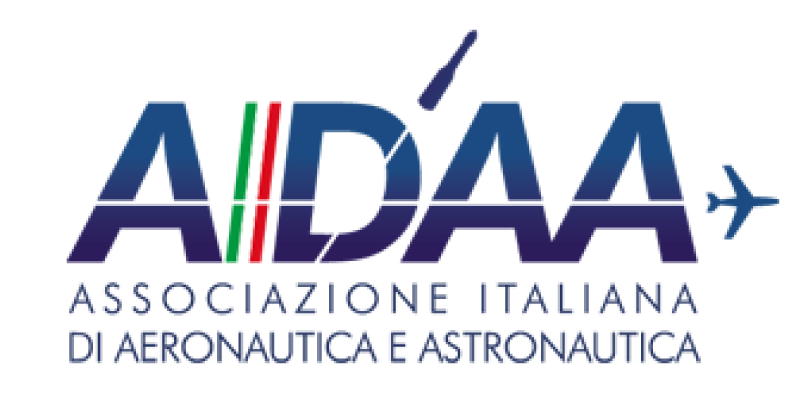International Symposium on Multi-scale Mechanics of Composites
International Symposium on Multi-scale Mechanics of Composites
27-28 October 2022 08:30-12:30 CEST
Syllabus
The symposium “Multi-scale mechanics of composites” aims at outlining the state-of-the-art and the perspectives of the research in the field of multi-scale modelling for advanced composites materials and structures. Scientists and experts will be invited to share their latest research ideas and results in this research direction. This symposium is supported by the International Joint Research Center for Impact Dynamics and Its Engineering Applications, and the Structural Mechanics Behavior Science and Technology Innovation Intelligence Base.
Participation
You need to buy one of the package list available here and use the Order ID assigned to you after purchase.
You need to Login for registration.













